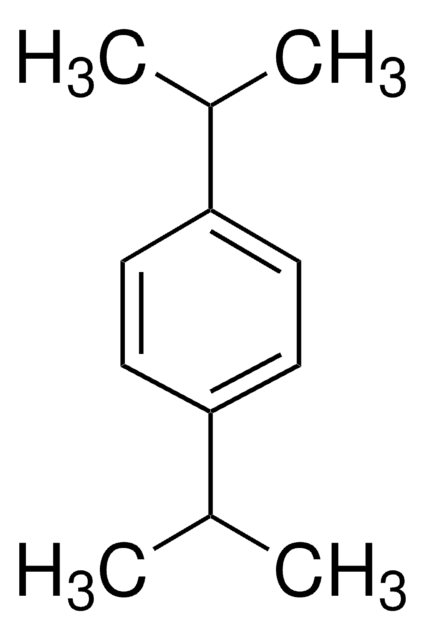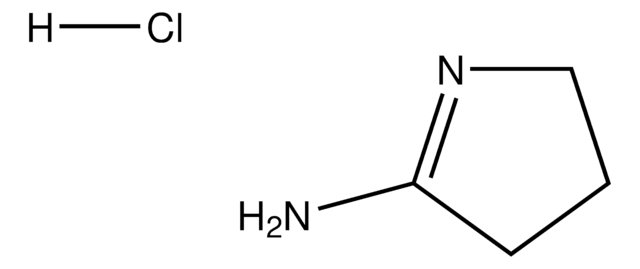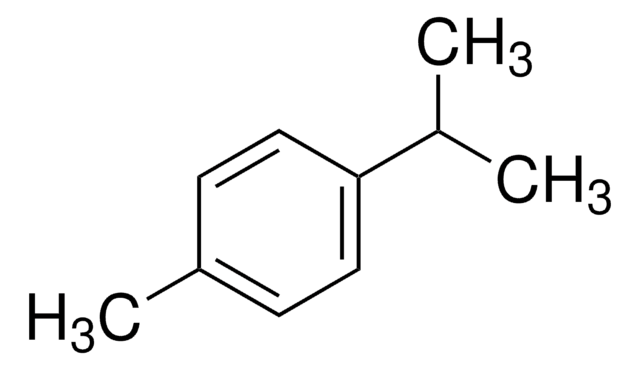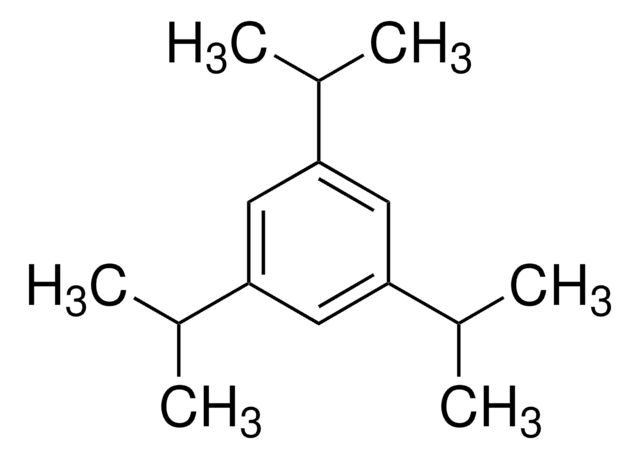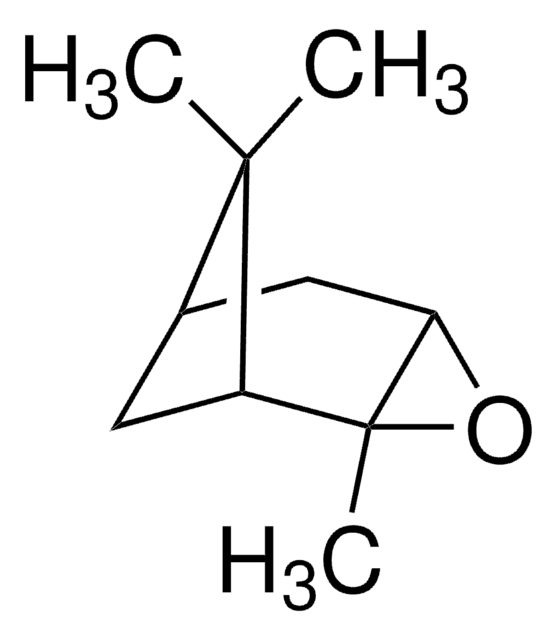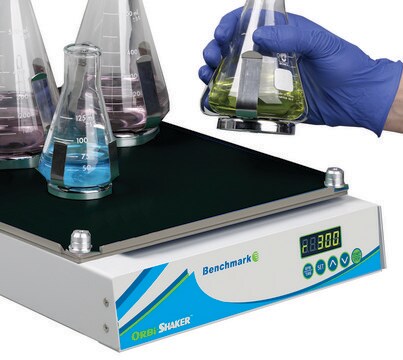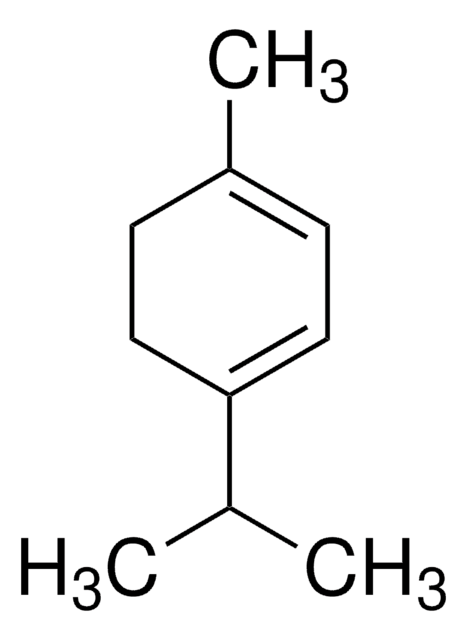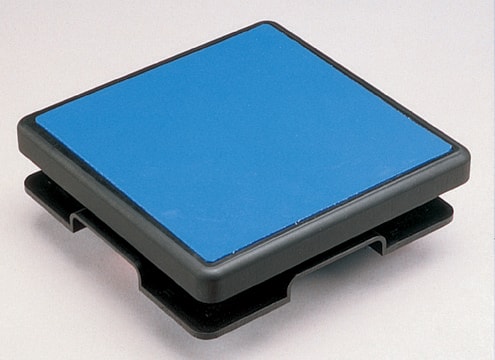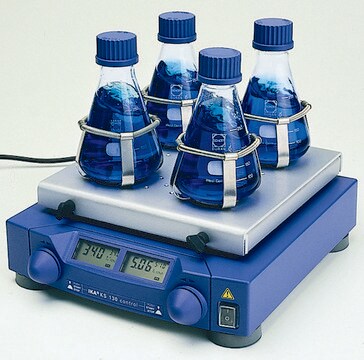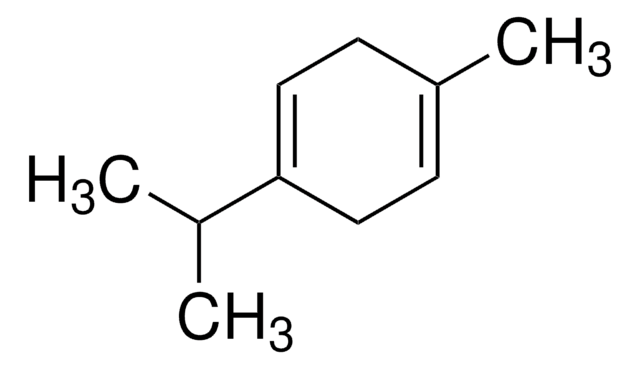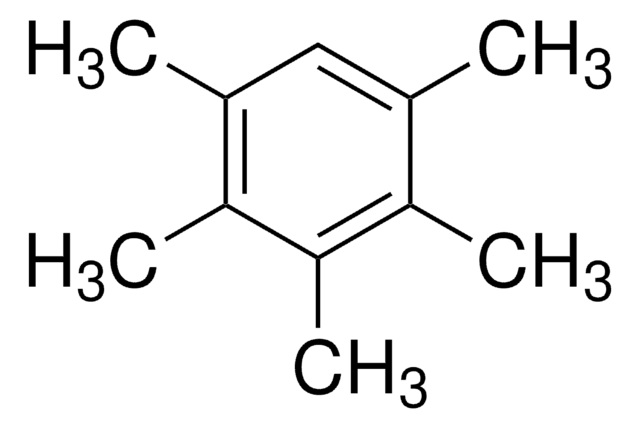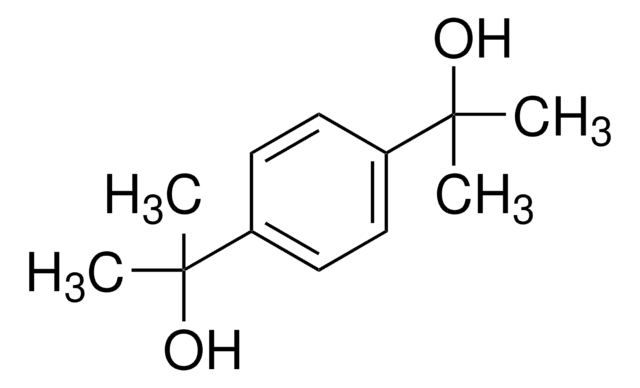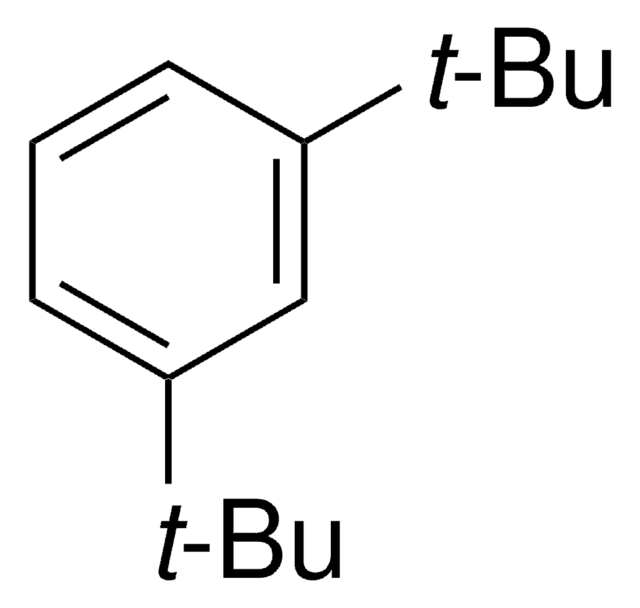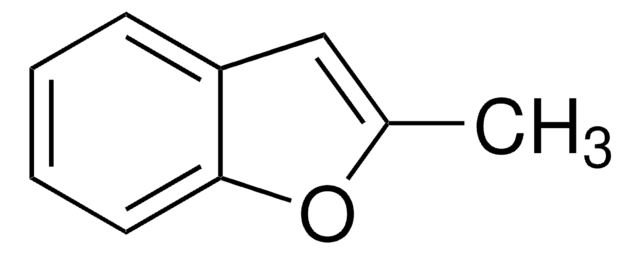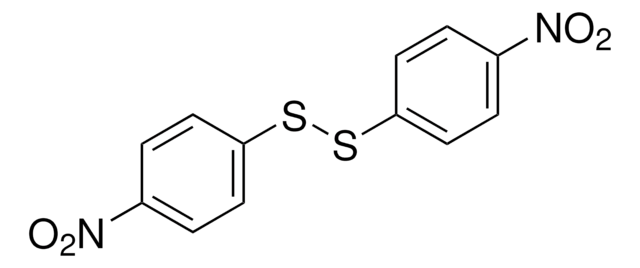113263
1,3-Diisopropylbenzene
96%
Synonym(s):
3-Isopropylcumene
Sign Into View Organizational & Contract Pricing
All Photos(3)
About This Item
Linear Formula:
C6H4[CH(CH3)2]2
CAS Number:
Molecular Weight:
162.27
Beilstein:
1905828
EC Number:
MDL number:
UNSPSC Code:
12352100
PubChem Substance ID:
NACRES:
NA.22
Recommended Products
Assay
96%
autoignition temp.
840 °F
impurities
<5% 1,2 and 1,4- isomer
refractive index
n20/D 1.488 (lit.)
bp
203 °C (lit.)
mp
−63 °C (lit.)
density
0.856 g/mL at 25 °C (lit.)
SMILES string
CC(C)c1cccc(c1)C(C)C
InChI
1S/C12H18/c1-9(2)11-6-5-7-12(8-11)10(3)4/h5-10H,1-4H3
InChI key
UNEATYXSUBPPKP-UHFFFAOYSA-N
Gene Information
human ... GABRA1(2554)
Looking for similar products? Visit Product Comparison Guide
General description
1,3-Diisopropylbenzene undergoes anodic oxidation in methanol to yield dimethoxy-functionalized product.
Application
1,3-Diisopropylbenzene was used in the synthesis of benzene-1,3,5-triphosphonic acid.
Storage Class Code
10 - Combustible liquids
WGK
WGK 2
Flash Point(F)
170.6 °F - closed cup
Flash Point(C)
77 °C - closed cup
Personal Protective Equipment
dust mask type N95 (US), Eyeshields, Gloves
Choose from one of the most recent versions:
Already Own This Product?
Find documentation for the products that you have recently purchased in the Document Library.
Customers Also Viewed
Pramanik M and Bhaumik A.
Journal of Material Chemistry A, 1(37), 11210-11220 (2013)
Martin A Bohn et al.
ChemSusChem, 3(7), 823-828 (2010-05-15)
The anodic oxidation of 1,3-diisopropylbenzene in methanol gave exclusively the desired dimethoxy-functionalized product in excellent yield when potassium bromate was utilized as supporting electrolyte. Similar electrochemical conversions in other alcoholic solvents were not successful based on the low conductivity of
Georg Bendt et al.
Dalton transactions (Cambridge, England : 2003), 44(32), 14272-14280 (2015-07-22)
Thermolysis of the single source precursor (Et2Bi)2Te in DIPB at 80 °C yielded phase-pure Bi4Te3 nanoparticles, while mixtures of Bi4Te3 and elemental Bi were formed at higher temperatures. In contrast, cubic Bi2Te particles were obtained by thermal decomposition of Et2BiTeEt
Timo Rhauderwiek et al.
Chemical science, 9(24), 5467-5478 (2018-07-17)
The Ni-metallated porphyrin-based tetraphosphonic acid (Ni-tetra(4-phosphonophenyl)porphyrin, Ni-H8TPPP) was used for the synthesis of highly porous metal phosphonates containing the tetravalent cations Zr4+ and Hf4+. The compounds were thoroughly characterized regarding their sorption properties towards N2 and H2O as well as
Neepa Choksi et al.
Cutaneous and ocular toxicology, 39(3), 180-192 (2020-06-27)
OptiSafe is an in chemico test method that identifies potential eye irritants based on macromolecular damage following test chemical exposure. The OptiSafe protocol includes a prescreen assessment that identifies test chemicals that are outside the applicability domain of the test
Our team of scientists has experience in all areas of research including Life Science, Material Science, Chemical Synthesis, Chromatography, Analytical and many others.
Contact Technical Service